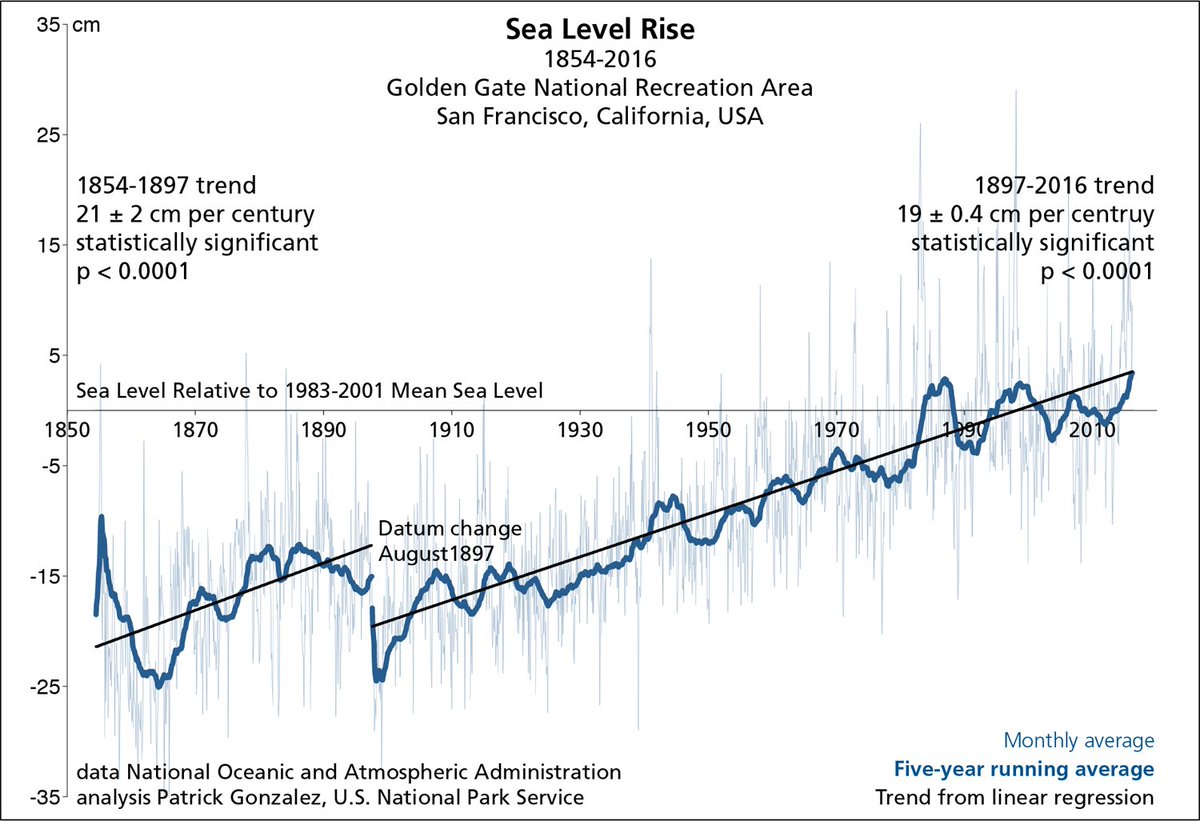Tuesday April 3rd… Dear Diary. The main purpose of this ongoing post will be to track United States extreme or record temperatures related to climate change. Any reports I see of ETs will be listed below the main topic of the day. I’ll refer to extreme or record temperatures as ETs (not extraterrestrials)😊. Here is today’s main climate change related topic:
Abominable Antarctic Aggravation
So far this year on this blog we’ve looked at extraordinary warmth over the Arctic with a lot of ramifications around the Northern Hemisphere. There are new concerns coming from the other side of the planet. A new article from Inside Climate News suggests that a worst case scenario for sea level rise is looking more plausible due to unstable Antarctic ice. As we all know any substantial sea level rise will come from the melting of Greenland and Antarctic old ice. This AAA won’t be an aid to jump civilization back onto the roadway of progress. Quite the opposite. Here is the main article I will be referring to:
Apparently Antarctic continental ice is in peril for more rapid melt than has been forecast on prior IPCC reports. When I was young watching ice melt off large rocks, some half submerged by water, it appeared that some melting was occurring where stone or concrete met the ice. Sometimes icy slabs would fall off stone. So, it makes sense to me that Antarctic ice, which sits on a stony continent, would become unstable, melting on buried rock as well as that closer to the surface of glaciers. Here are some quoted findings:
A new analysis of satellite data has found “extreme” changes underway at eight of Antarctica’s major glaciers, as unusually warm ocean water slips in under their ice shelves.
The warmer water is eating away at the glaciers’ icy grasp on the seafloor. As a result, the grounding line—where the ice last touches bedrock—has been receding by as much as 600 feet per year, a new study shows. Behind the grounding line, the land-based ice then speeds up, increasing the rate of sea level rise.
The new continent-wide measurements of grounding lines suggests a widespread pattern of melting all around Antarctica, said University of Leeds climate researcher Hannes Konrad, lead author of the analysis published today in the scientific journal Nature Geoscience.
Here is the Inside Climate News animation showing some of the physical dynamic processes involved in the melting process:
“Eight of the frozen continent’s 65 major ice streams had retreated by more than 410 feet per year—five times the average rate of retreat since the end of the last ice age. The grounding line of some of the glaciers emptying into the Amundsen Sea had retreated by up to 600 feet per year.”
“The grounding line retreat reinforces concerns about a worst-case Antarctic meltdown scenario, with global sea level rising 10 feet by 2100.”
For more details please read the artice in its entirety. Now it’s time for me to beat my poor, tired dead horse. The only debate left going forward through the 21st century will be how bad and how fast prior stable climate conditions will deteriorate. A worst case scenario for sea level rise if all potential polar ice melted would be: https://science.howstuffworks.com/environmental/earth/geophysics/question473.htm
The main ice covered landmass is Antarctica at the South Pole, with about 90 percent of the world’s ice (and 70 percent of its fresh water). Antarctica is covered with ice an average of 2,133 meters (7,000 feet) thick. If all of the Antarctic ice melted, sea levels around the world would rise about 61 meters (200 feet). But the average temperature in Antarctica is -37°C, so the ice there is in no danger of melting. In fact in most parts of the continent it never gets above freezing.
At the other end of the world, the North Pole, the ice is not nearly as thick as at the South Pole. The ice floats on the Arctic Ocean. If it melted sea levels would not be affected.
There is a significant amount of ice covering Greenland, which would add another 7 meters (20 feet) to the oceans if it melted. Because Greenland is closer to the equator than Antarctica, the temperatures there are higher, so the ice is more likely to melt.
So, we get a grand total of 220 feet, which definitely would put humanity in a brave, new water world. Good news here, even in the gloomiest scenarios total ice melt would not occur for several hundred years if at all, so there is time to adapt. Remember that about 40% of the world’s populations live along the coasts, though, so a lot of adaption is in order. What would happen, though, if we saw 10 feet of sea level rise by 2100 with continued rise into the 22nd century? Obviously shores would be worse off than these Climate Central projections from 2-7 feet of rise: http://sealevel.climatecentral.org/ Most of Florida would be underwater.
We can already see discernable sea level rise across the globe. San Francisco is just one example:
 Patrick Gonzalez @pgonzaleztweet
Patrick Gonzalez @pgonzaleztweet

 Robert Fanney @robertscribbler
Robert Fanney @robertscribbler
1. Basal melt.
2. Ice cliff instability.
3. Surface extreme rainfall events.
4. Sub glacial lake development.
5. Ice dam development.
6. Glacial outburst flood events.
 Bob Kopp @bobkopp
Bob Kopp @bobkopp


The Climate Guy